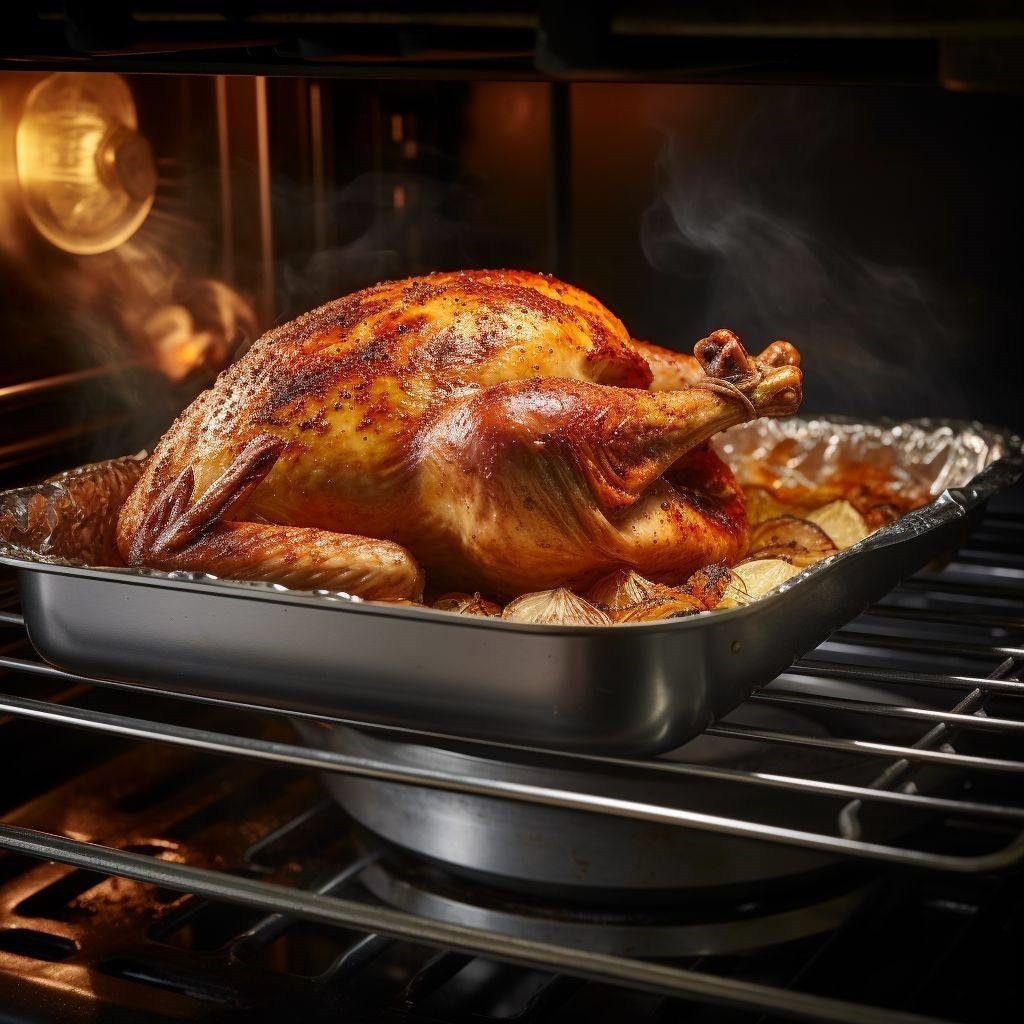ADVERTISEMENT
Should You Add Water to the Turkey Pan While It’s Roasting?
Roasting a turkey is often the centerpiece of a special meal, whether it’s Thanksgiving, a holiday dinner, or a weekend gathering. But while many home cooks are familiar with the process of seasoning, basting, and cooking a turkey, there’s one question that often arises: should you add water to the turkey pan while it’s roasting?
The answer isn’t as simple as a yes or no, as it depends on several factors, including the type of turkey you’re roasting, the cooking method, and the flavor profile you’re aiming for. In this article, we’ll explore both sides of the debate, weigh the pros and cons, and help you determine the best approach for your next turkey roast.
Why People Add Water to the Turkey Pan
Adding water to the roasting pan while cooking a turkey is a common practice, especially for those who are looking for a juicier, more flavorful bird. The concept behind this is relatively simple: adding water (or broth) to the pan helps create steam, which can keep the turkey moist and prevent it from drying out during the long roasting process.
Here are a few reasons why some cooks choose to add water to the turkey pan:
- Prevents Dryness: Water in the roasting pan helps create a humid environment inside the oven, which can keep the turkey moist throughout the cooking process, especially for lean cuts.
- Makes Gravy Easier: The water in the pan collects the turkey drippings, making it easier to create a flavorful gravy after the bird is cooked. If you don’t have enough drippings, adding water can help ensure that you have enough liquid to make a rich gravy.
- Promotes Even Cooking: Some cooks believe that the steam created by adding water helps heat the turkey more evenly, reducing the risk of overcooking parts of the bird, such as the breast, while the thighs take longer to cook.
- Flavor Infusion: If you choose to use broth, wine, or other flavorful liquids instead of plain water, you can enhance the overall taste of the turkey and its drippings, infusing subtle flavors into the meat.
Why You Might Want to Skip the Water
On the other hand, there are several arguments against adding water to the roasting pan when cooking a turkey. While it’s tempting to believe that water can help the turkey stay moist, some experts argue that it can actually work against you in certain cases.
- Crispier Skin: One of the key factors in achieving a beautifully golden and crispy turkey skin is the ability for the heat to reach the surface of the bird. If there’s water in the pan, it can create a moist environment that makes it harder for the skin to crisp up properly. The moisture in the air can also soften the skin before it has a chance to get crispy.
- Reduced Roasting Temperature: Adding water to the pan can lower the temperature of the oven because of the steam released. This could result in a turkey that takes longer to cook and might affect the final texture of the meat.
- Better Roasting Environment Without Water: Many chefs and culinary experts suggest roasting the turkey without water to allow the bird to roast in its own juices. The dry heat in the oven helps create a more flavorful, caramelized exterior, while the meat inside remains tender. In this case, using a roasting rack and occasionally basting the turkey can provide similar benefits without compromising the skin.
- Less Flavorful Gravy: While adding water to the pan may give you more liquid for gravy, the resulting drippings can be diluted, which could affect the flavor. Without the addition of water, the turkey drippi
